Inventory of Intangible Cultural Heritage in Austria
Dating back to the beginning of the 19th century, the New Year's apology card (NYAC), which is an artistically designed print, exempted people/institutions from the social obligation of extending New Year's wishes or paying New Year's visits. These cards are sold in aid of charitable causes. In the past, there were more than 50 different cards from towns/cities throughout Austria and the former territories of the Habsburg monarchy, but the NYAC from the region of Hall in Tirol is one of the only…
The Viennese sausage stand (‘Wiener Würstelstand’) culture came into being at the beginning of the 18th century when warm sausages were sold by the so-called ‘Bratlbrater’ (job title given to people who roasted food on mobile stands). Since that time, the resulting free-standing sausage stands have not only characterised the cityscape but have also become a place for social gatherings and have influenced the use of language in Vienna. Besides the fact that they are free-standing, the…
The practice of boat-placing (‘Schifferlsetzen’) has its roots in the region Mariazeller Land and takes place around St Nicholas' Day. In the days leading up to the celebration, children make small paper boats with their families or in an educational setting, which they decorate with bright colours. On ‘Krampus Day’, the day before St Nicholas’ Day, these boats are secretly ‘placed’ at relatives' and friends' homes and are then filled with sweets, nuts, and other small treats ready to be…
The fife, known as the ‘Seitelpfeife’ or the ‘Schwegel’ in German, is a traditional woodwind instrument with six finger holes and is mainly played in the Alpine region, particularly in the Salzkammergut. Despite its simple design, there are only a few craftspeople still making the fife today. However, it remains an integral part of shooters' music in the Salzkammergut and plays a key role in regional customs and festivals.
In the past, the art of farriery originally contributed to the survival of humankind by utilising horses as riding, draft, and pack animals. Nowadays, the focus is primarily on the use of horses in sport, culture, and leisure activities as well as in animal-assisted therapy. In all of these areas, farriers play a crucial role in keeping horses healthy by working closely with vets. After all, ‘no hoof, no horse!’ The traditional art of farriery is practised by a community of around 400 qualified…
The plague candle procession, organised by the Community of Church Farmers, takes place during a field mass as part of a Corpus Christi service on Sacred Heart Sunday. On this occasion, the plague candle is decorated, lit, and carried in a procession from one high field altar to another. The tradition of the plague candle procession has its roots in a promise made by farmers many centuries ago to donate an outsized candle as a token of gratitude for their survival of the plague and to carry it…
Every year, the ‘Hauerfahne’ (large winegrowers' flag) is carried at the Corpus Christi procession in Wolkersdorf. Eight people from the circle of Wolkersdorf ‘Hauerburschen’ and ‘Hauermädchen’ (winegrowers) carry the flag, which is regarded as the most difficult yet most honourable task. The same winegrowers are also entrusted with putting up and cutting down the ‘Hüterbaum’ (guardian tree) in Wolkersdorf. Erecting the tree is associated with numerous activities, culinary delights, and musical…
Wooden shingle roofs are particularly eye-catching features of landscapes. The task of splitting shingles has been passed on for generations and is practiced by regional alpine farmers and forest workers. Wooden shingles are a widely used, time-tested roofing material with an extremely low ecological footprint. This craft has barely changed over the centuries and is still being handed down to younger generations.
‘Königrufen’ (Call the King) is a card game from the tarot family—usually referred to as the Tarock family in this region. It has been played throughout Austria for more than two centuries and is still widely practised today. Call the King is a distinctive card game that has firm roots in European and Austrian history. It is characterised by a wealth of playful and linguistic variations, strategy, and memory training. The players usually refer to themselves as ‘Tarockierer*innen’.
The Montafon ‘Schäppele’, a small crown composed of silver and gold, crimped metal threads, and small metal flowers as well as the Montafon ‘Mäßle’ are distinctive features of the Montafon traditional costume. The typical fabric and colour scheme, motifs, production method, and materials used are determined by the region. The embroidery embellishing the garments is hand-finished using silk and cotton on black velvet, which takes skilled needleworkers around 500 hours to complete.
Orchard farming, as it is practised today, predominantly emerged from the 17th century onwards. European orchards stem from agricultural and cultural development and are closely tied to human knowledge. Throughout Austria, orchard farming continues to be safeguarded and passed on thanks to the commitment of fruit tree owners, juiceries, direct marketers, initiatives, clubs, and associations.
‘Loahmmandel’ or ‘Loahmmandl’ are nativity scene figures made of clay. They are either modelled in the style of typical regional nativity scene figures or moulded from existing models and worked in a semi-relief manner, fired, and then painted. For many families, parishes, and associations, crafting and painting the Loahmmandel is an annual social highlight, during which regional and local customs are transmitted from generation to generation.
A range of guild practices have been carried out by the carpenters of Windischgarsten since 1498. On 19th March each year, the anniversary of the carpenters' guild, a mass is celebrated in the parish church, which is then followed by a get-together at a restaurant. On this day, the two guild chests are opened by the guild master and a deputy. Those present sign the guild books and pay their ‘guild money’ towards the upkeep of the guild flag and for charitable endeavours. Afterwards, the guild…
The sound and musical performance practice of Austrian brass bands first blossomed in the 19th century within the regimental bands of the imperial and royal infantry regiments. The typical sound of this musical practice is achieved using brass instruments with a wider bore, such as the flugelhorn and tenor horn/baritone, which produce a mellow timbre. These brass bands are not only characterised by their distinctive sound, but also by their unique repertoire, formation, regional dress and, above…
Die Wandkonstruktionen im Alpenraum umfassen neben verschiedenen Formen des Steinmauerwerks Blockkonstruktionen aus Nadelholz. Für Viehställe, Almhütten und Holzstuben verwenden die Bäuer*innen und Holzknechte*mägde möglichst gerade, entrindete Rundstämme mit gleichen Durchmessern. Als Holzverbindungen werden an den Ecken Rundkerben mit Hilfe des Senklotes fugendicht ausgehackt, sodass in den Legern kein Wasser eindringen kann. Diese Handwerkstechnik wird von Bergbäuer*innen und…
Much of a confectioner’s work is still manual to this day. This craft has been handed down over generations and has taken on a regional, company-specific, and transnational character. It requires precision as well as creativity and adaptation in its further development. The ingredients and the traditional processing and working methods, which use a wide variety of tools, have hardly changed over the centuries, although they have undergone adaptation and constant development.
Fire, air, water, and earth—freehand blacksmithing involves working with all four elements. Today, as in the past, the process of working wrought iron and steel involves beating or pressing it by hand while it is hot. The materials are shaped using centuries-old techniques involving different forging processes and using sticks and hammers. The resulting forged (art) objects range from stately insignia to building elements.
Funerals are an essential element of human culture and are part of all our lives. Undertakers are the active bearers of funeral and cemetery culture, both of which are characterised by local and religious rituals that go beyond official provisions. The undertakers accompany people on their last goodbye, taking the different ways in which people commonly mourn and say farewell into account and considering religious and individual requirements.
Since the foundation of Theresienfeld in 1763, irrigation has played a formative role in the lives of the local population. The "Tirolerbach” artificial irrigation system is still used to irrigate gardens and house fields following fixed rules and techniques today. The water is “turned off” at the end of October, and on the first Sunday of April, "the water comes back”. The water cooperative clears, cleans, and inspects the system and monitors the equitable distribution of water.
For centuries, the shipping of salt on the Traun shaped the rhythm and practices of the towns along the river. This involved rowing and manoeuvring the mighty salt barges, which weighed several tonnes, on the fast-flowing waters downstream (in the direction of flow) to the Danube and managing the barges’ upstream trips (returning against the current) with the help of heavy Noriker horses. Despite the disappearance of the salt industry, the practice of travelling up and down the river by boat…
Making and displaying nativity scenes is a tradition that has been associated with the village of Wenns for more than 150 years. From the "Wenner Kastenschneekrippe" [box snow nativity scene] to the "Wenner Kastenspiegelkrippe" [box mirror nativity scene] and the "Wenner Mooskrippenberg” [moss nativity scene mountains]—the "Wenner Krippeler" take care of their maintenance, further development, and set-up. The newly built nativity scenes are displayed in private homes and in public areas and are…
The guild of butchers in Gars am Kamp has existed since 1535. Despite the formal abolition of guilds, several practices continue to be observed, including guild day, the wreath of honour and seal of honour ceremonies, the awarding of the golden ring of honour, and the Corpus Christi procession with the carrying of the guild flag. Both these practices and the knowledge of the craft that has been carried forward to the present day continue to have important social, economic, and environmental…
From "Köllamaunn" to the "Köllastund" and the "Köllapartie" to the "Köllajausn"—the Weinviertler cellar lanes represent a living and working space for the local population. The Weinviertel’s cellar culture has led to a special form of social cohesion. The essential feature is people gathering in press houses and cellars, whereby this interaction continues to be shaped by rules that are centuries old.
The annual pilgrimage of the Mostviertel’s golden bonnet and traditional costume groups has taken place on 15 August for more than 60 years. The highlight is the collective entry of all 1,000 pilgrims into the church, followed by a festive service and the blessing of the herbs and the pilgrimage candle. Each year, this event takes place in a different parish, or at one of the Mostviertel’s 54 pilgrimage sites, and is both a spiritual and a social occasion.
The Bellringers of Patsch (“Patscher Schellenschlagerinnen”) carry out their traditional carnival procession each year on Fat Thursday. The bellringers, who are masked and line up in rows of two in size order, “ring” the bells to the rhythm of the witch. Although bellringing can be observed at many other carnival celebrations in Tyrol, what is different about the performers in Patsch is that they are exclusively women.



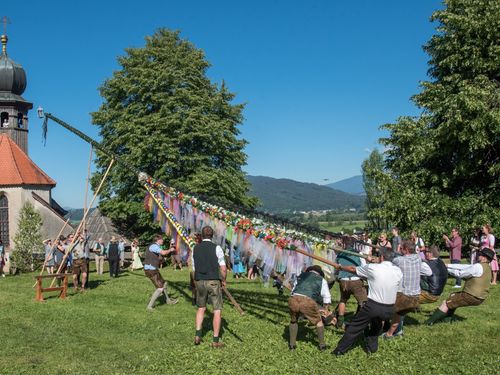
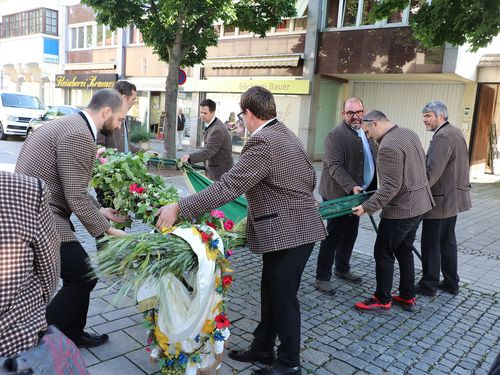
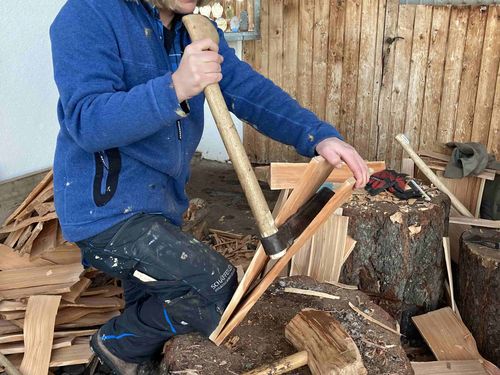


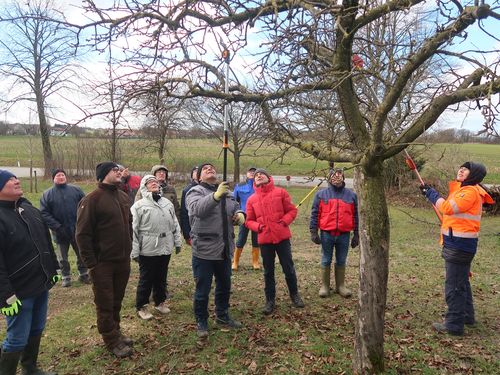
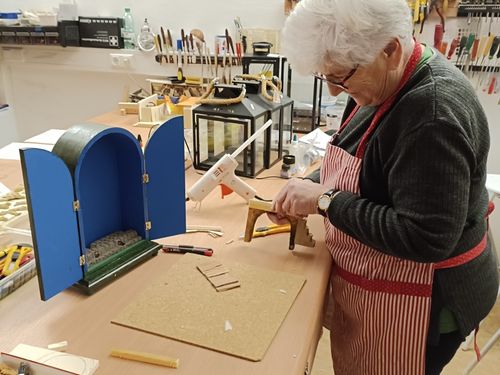


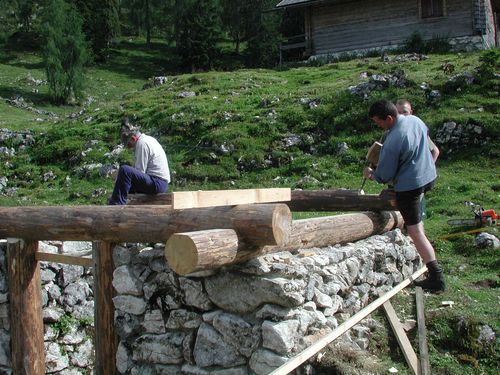
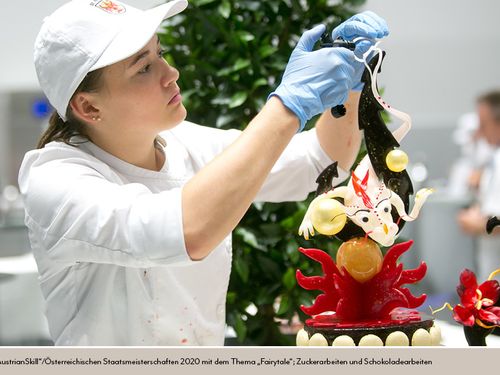

![[Translate to EN:] Die österreichischen Bestatter*innen als Wissensträger der tradierten Bestattungskultur THE KNOWLEDGE AND PRACTICE OF UNDERTAKERS](/fileadmin/_processed_/9/d/csm_BestatterInnen_I_4d851d1d98.jpg)
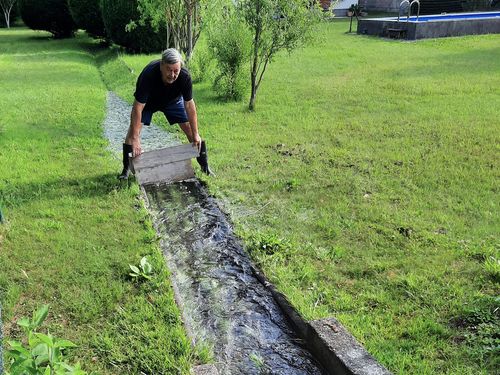
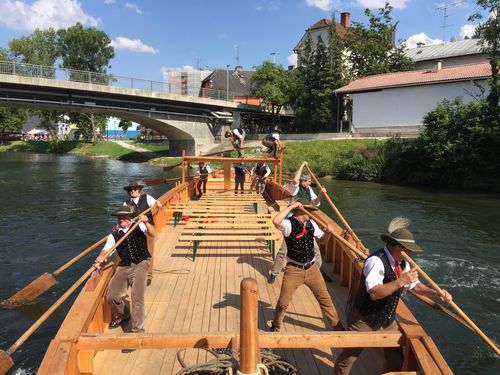
![[Translate to EN:] Weihnachtskrippe-Gesellschafts-Verein Wenns von 1860 NATIVITY SCENE TRADITION IN WENNS](/fileadmin/_processed_/4/0/csm_Krippe_Wenns_I_03c879b5b2.jpg)
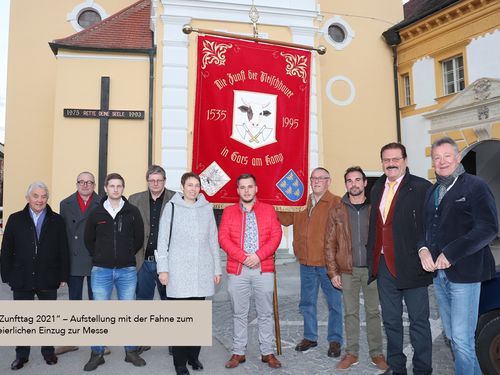


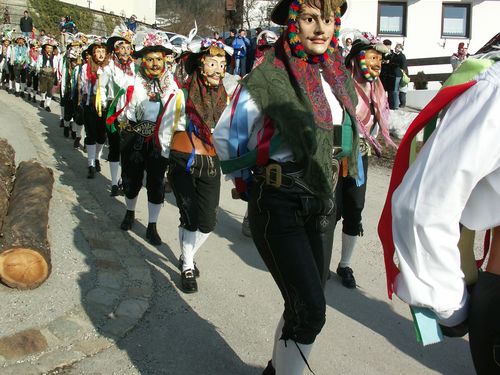
![[Translate to EN:] © J. Ségur/ZED, with the permission of UNESCO](/fileadmin/_processed_/d/b/csm_Convention-2003-IKE_0832a6a47d.jpg)
![[Translate to EN:] © ÖUK](/fileadmin/_processed_/3/9/csm_P1011318_7eac86402f.jpg)
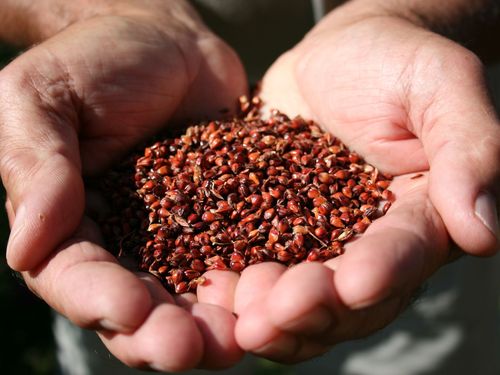
![[Translate to EN:] © Weitblickfilm](/fileadmin/_processed_/9/8/csm_Workshop_17_2dee1e1fd8.jpg)